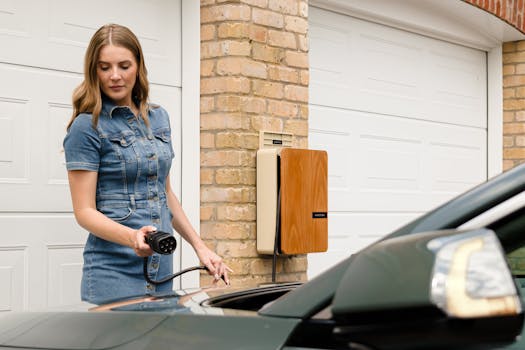
Smart Homes and Smart Living: The Technological Transformation of European Homes by 2025
Smart Homes and Smart Living: The Technological Transformation of European Homes by 2025 is revolutionizing the way we live. With the increasing demand for convenience, comfort, and sustainability, European homes are undergoing a significant transformation. By 2025, smart homes will become the norm, offering a wide range of benefits and opportunities for homeowners.
Introduction to Smart Homes
Smart homes are residences that integrate advanced technologies to provide a comfortable, convenient, and sustainable living environment. These homes are equipped with smart devices, sensors, and systems that can be controlled and monitored remotely, allowing homeowners to manage their living space with ease. From smart thermostats to smart lighting systems, smart homes are designed to make life easier and more enjoyable.
Technological Advancements in Smart Homes
The technological transformation of European homes is driven by several key factors, including the Internet of Things (IoT), artificial intelligence (AI), and the increasing demand for energy efficiency. Some of the most significant technological advancements in smart homes include:
- Smart Energy Management Systems: These systems use advanced sensors and algorithms to optimize energy consumption, reducing waste and lowering utility bills.
- Smart Lighting Systems: These systems use LED bulbs and advanced sensors to adjust lighting levels, color, and intensity, creating a comfortable and energy-efficient lighting environment.
- Smart Security Systems: These systems use advanced sensors, cameras, and alarms to provide comprehensive security and peace of mind for homeowners.
- Smart Home Assistants: These assistants use AI and machine learning to learn homeowners’ preferences and habits, providing personalized recommendations and automating routine tasks.
Benefits of Smart Homes
Smart homes offer a wide range of benefits, including:
- Enhanced Comfort: Smart homes provide a comfortable living environment, with advanced temperature control, lighting, and entertainment systems.
- Increased Convenience: Smart homes offer convenient control and monitoring of smart devices, allowing homeowners to manage their living space with ease.
- Improved Sustainability: Smart homes are designed to be energy-efficient, reducing waste and minimizing environmental impact.
- Increased Property Value: Smart homes are highly sought after, increasing property value and appeal to potential buyers.
Future of Smart Homes in Europe
By 2025, smart homes will become the norm in Europe, with the majority of new homes being built with smart technologies integrated into their design. The future of smart homes in Europe will be shaped by several key trends, including:
- Increased Adoption of Smart Devices: More homeowners will adopt smart devices, driving the growth of the smart home market.
- Advancements in AI and IoT: AI and IoT will play a crucial role in the development of smart homes, enabling more advanced automation and personalized experiences.
- Growing Demand for Energy Efficiency: The demand for energy-efficient smart homes will continue to grow, driving innovation and investment in sustainable technologies.






